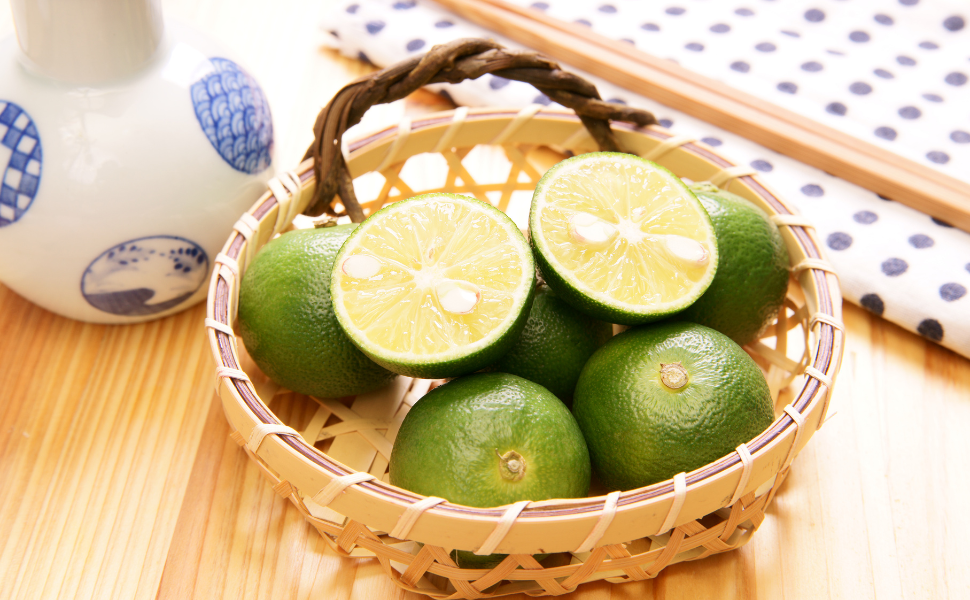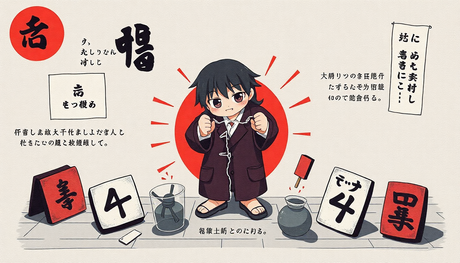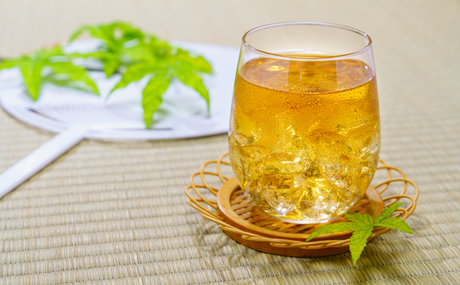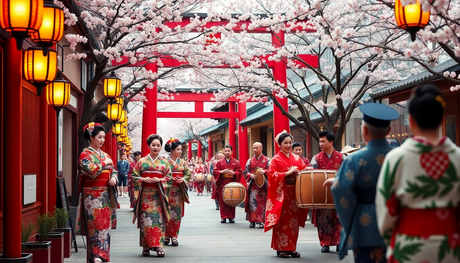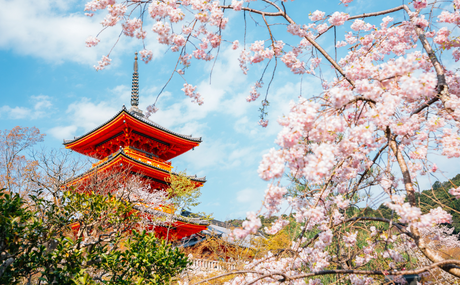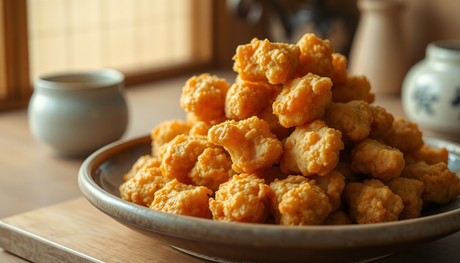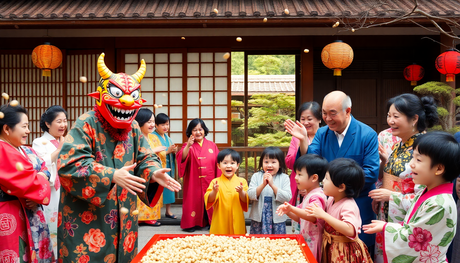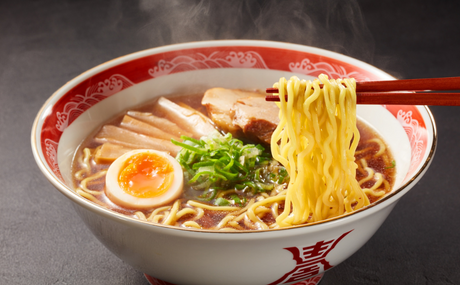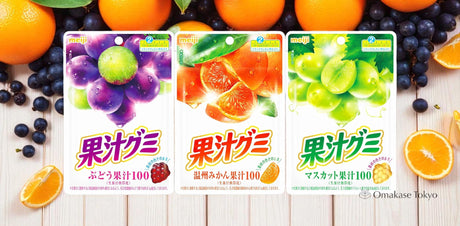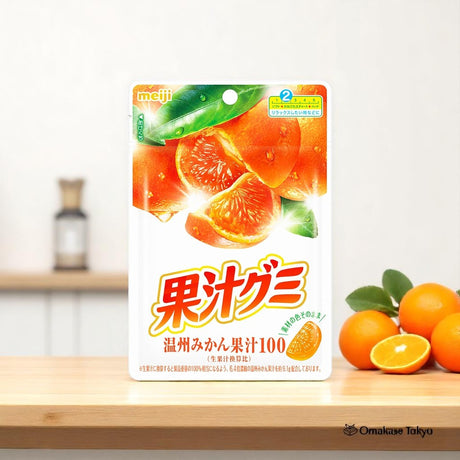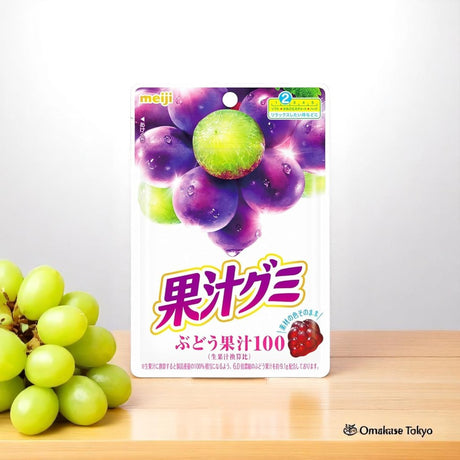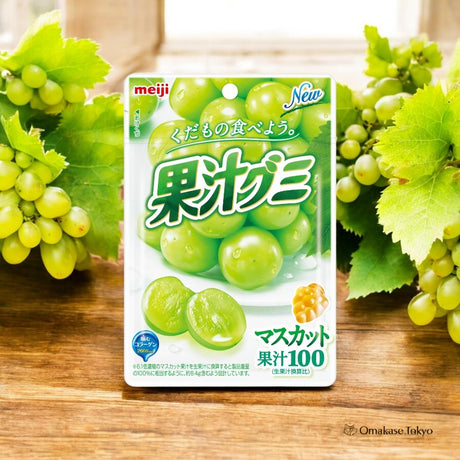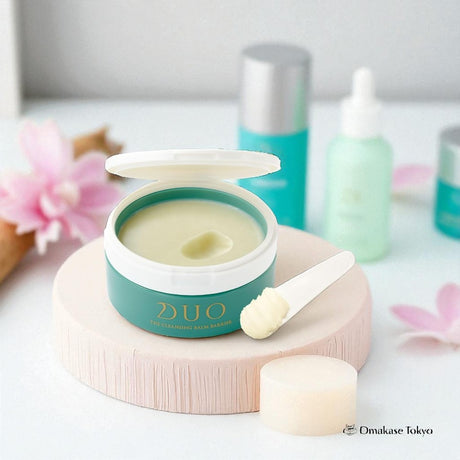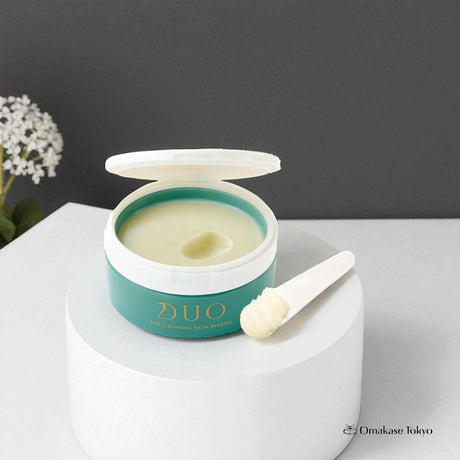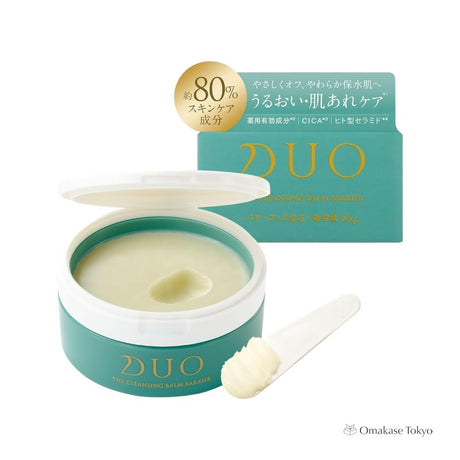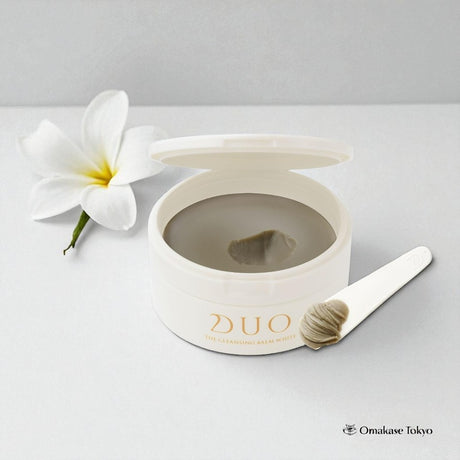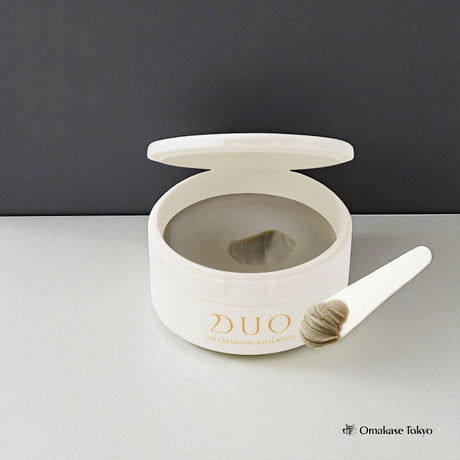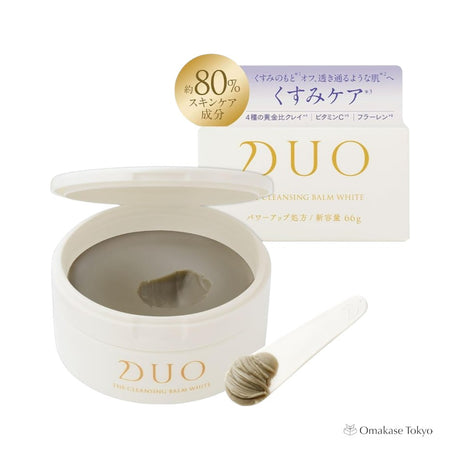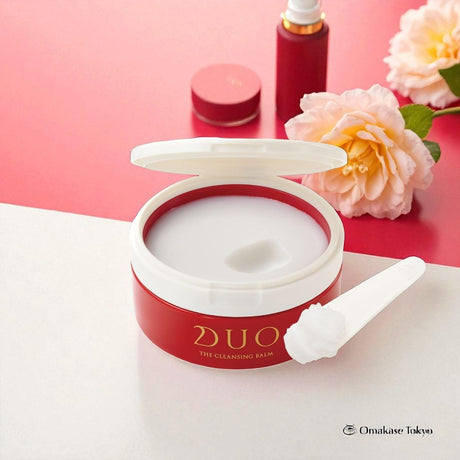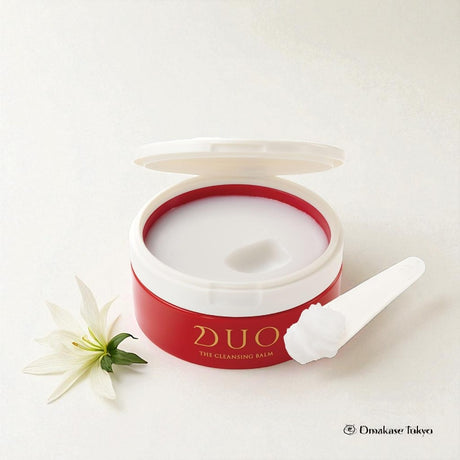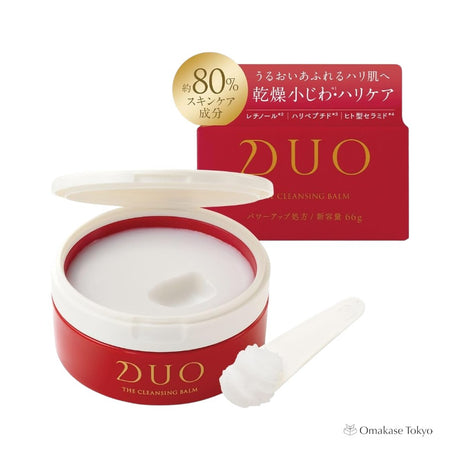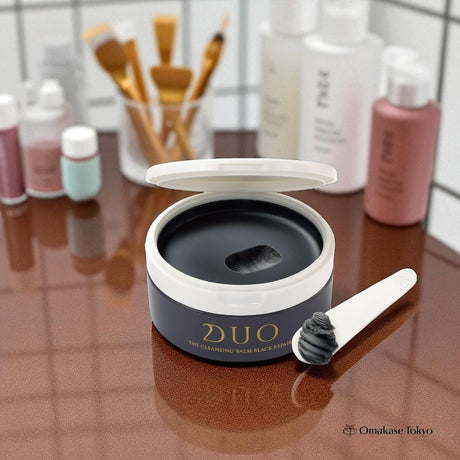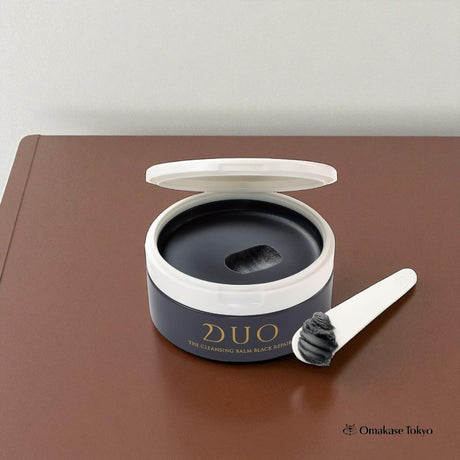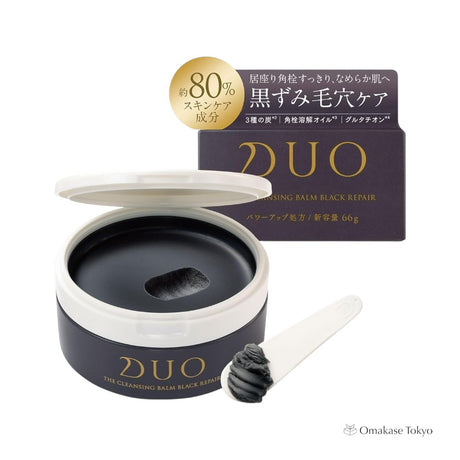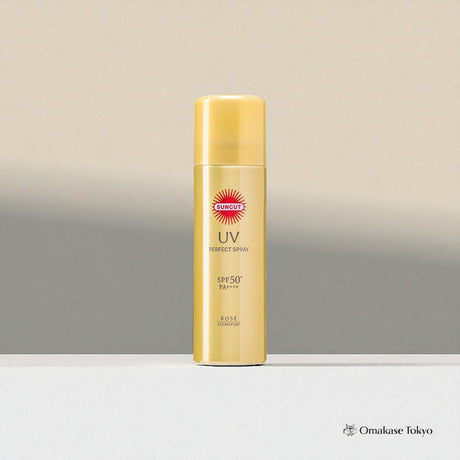If you’ve ever wandered through a Japanese grocery store or dined at a traditional restaurant in Japan, you’ve probably seen names like kabosu, yuzu, or sudachi on the menu—or even served as a fragrant garnish on your dish. At first glance, they may all look like small green citrus fruits, but each one has its own distinct flavor, aroma, and use in Japanese cuisine.
In this blog post, we’re diving deep into the differences between kabosu, yuzu, and sudachi—how to tell them apart, when they’re in season, how they taste, and most importantly, how to use them to bring authentic Japanese flavors into your kitchen. Whether you're a foodie, a Japan-lover, or just curious about the next big thing in citrus, this guide will help you become a true citrus connoisseur!
Let’s explore the zesty world of Japan’s favorite citrus fruits!
1. What Are Japanese Citrus Fruits?
Kabosu, yuzu, and sudachi are part of a family of aromatic, sour citrus fruits known as kōsan kankitsu (香酸柑橘) in Japan. Rich in limonene (for aroma) and citric acid (for sourness), they’re not meant to be eaten like oranges but are used to enhance dishes with their refreshing scent and tang.
2. How to Tell Them Apart by Size, Color, and Texture
3. Each Citrus Fruit’s Unique Character and Best Uses
Kabosu
-
Region: Oita Prefecture (produces over 90% of Japan’s kabosu)
-
Season: August to October
-
Flavor: Well-balanced sourness with a juicy punch
-
Best Uses: Grilled fish, dipping sauces, hot pot, vinegared dishes, salad dressings

Yuzu
-
Region: Mainly Kochi Prefecture
-
Season: Green yuzu from August–October, yellow yuzu from November–December
-
Feature: Intense fragrance due to "yuzunone" aroma compounds
-
Best Uses: Zest for aroma, yuzu baths, yuzu marmalade, ponzu sauce

Sudachi
-
Region: Tokushima Prefecture (accounts for 97% of Japan’s sudachi production)
-
Season: August to October
-
Flavor: Milder sourness, fragrant and less bitter than kabosu
-
Best Uses: Topping grilled mackerel, soba noodles, matsutake mushrooms, and other fall dishes

4. Bonus Citrus: Hebesu, the Hidden Gem from Miyazaki
-
Unique Traits: Thin skin, few seeds, very juicy, and slightly sweet
-
Nutritional Benefit: Contains all 8 essential amino acids and flavonoids believed to help prevent cancer
5. Which One Should You Use? Quick Guide:
-
Want lots of juice and versatile sourness? → Kabosu
-
Looking for a strong aroma with zest appeal? → Yuzu
-
Prefer mild sourness for Japanese-style meals? → Sudachi
-
Want a hidden gem that’s fruity and functional? → Hebesu
6. Kabosu-Lovers Unite on Social Media
Until 2021, Oita Prefecture ran a fun campaign called the My Kabo Championship where people shared creative kabosu dishes on Instagram. It helped boost national attention toward this underrated citrus!
Final Thoughts
If you’ve ever wondered what makes kabosu, yuzu, and sudachi different, now you know!
Each citrus fruit has its own charm—kabosu for juicy sourness, yuzu for bold fragrance, and sudachi for its gentle bite. Try using them in your next recipe to experience authentic Japanese flavors at home.

